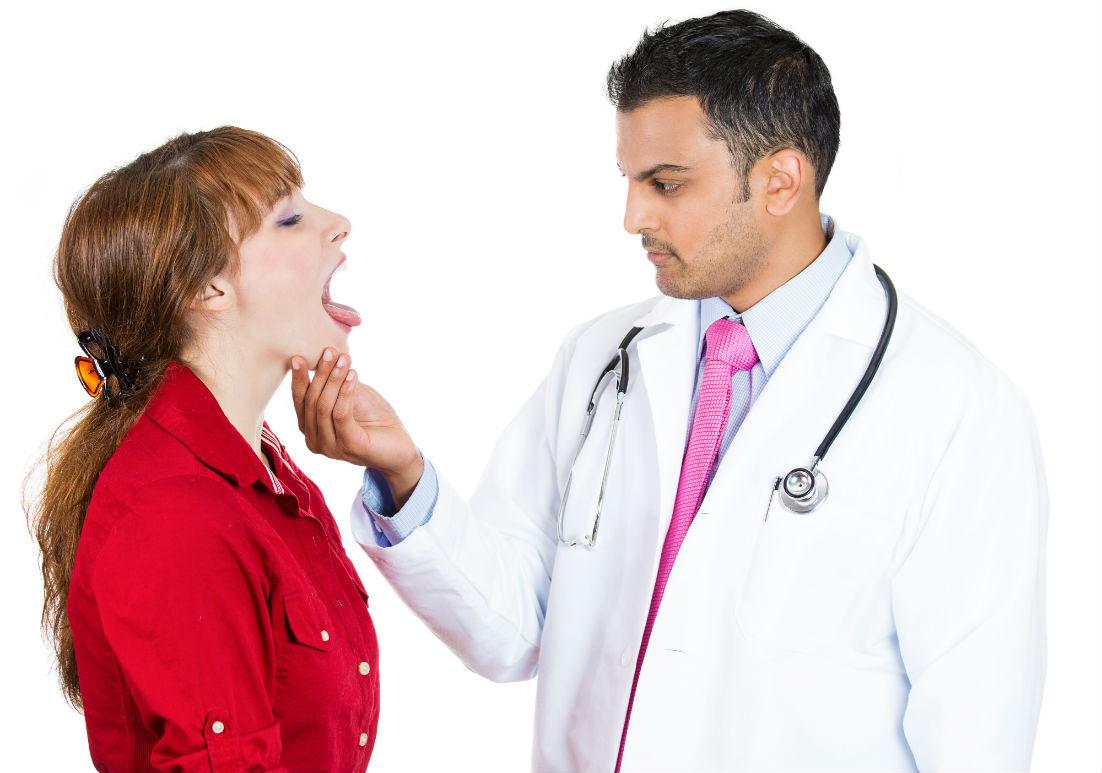 The American Cancer Society estimates that in 2020 about 53,260 people will get oral cavity or oropharyngeal cancer, and an estimated 10,750 people will die from these diseases. If you think the mortality rate is high, you wouldn’t be wrong. However, this is not because oral cancer is hard to detect or diagnose, but because it is often discovered late in its development.
The American Cancer Society estimates that in 2020 about 53,260 people will get oral cavity or oropharyngeal cancer, and an estimated 10,750 people will die from these diseases. If you think the mortality rate is high, you wouldn’t be wrong. However, this is not because oral cancer is hard to detect or diagnose, but because it is often discovered late in its development.
That is why regular dental visits are more important than just maintaining a pearly white smile. Dentists are highly trained and experienced in recognizing diseases of the mouth, such as oral cancer, and can immediately detect and diagnose you. They are your first line of defense against this disease.
With that said, you play an important role in early detection as well. According to the American Association of Oral and Maxillofacial Surgeons, you should be performing this 6-step oral cancer self-exam every month.
6-Step Oral Cancer Self-Exam
Using a bright light and a mirror:
- Remove any dentures
- Look and feel inside your lips and the front of your gums
- Tilt your head back to inspect and feel the roof of your mouth
- Pull your cheek out to inspect it and the gums in the back
- Pull out your tongue and look at its top and bottom
- Feel for lumps or enlarged lymph nodes (glands) on both sides of your neck, including under the lower jaw
Be on the lookout for anything suspicious, like:
- White patches of the oral tissues (leukoplakia)
- Red patches (erythroplakia)
- Red and white patches (erythroleukoplakia)
- A sore that fails to heal and bleeds easily
- An abnormal lump or thickening of the tissues of the mouth
- Chronic sore throat or hoarseness
- Difficulty in chewing or swallowing
- A mass or lump in the neck
Should you discover any of these signs, we encourage you to promptly call us to make an appointment for an examination. People have an 80-90% survival rate when oral cancer is diagnosed during the early stages of development. So the sooner the cancer is detected, the easier the treatment, and the higher the chance of a cure.


